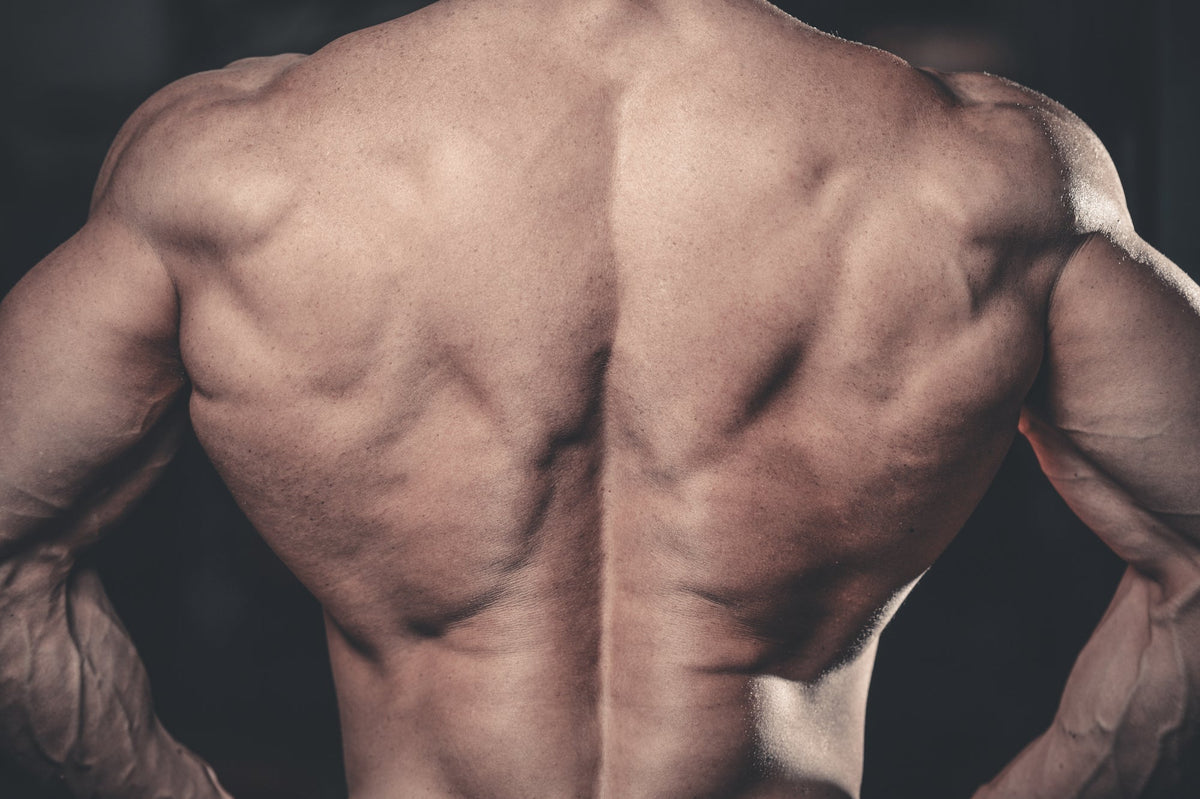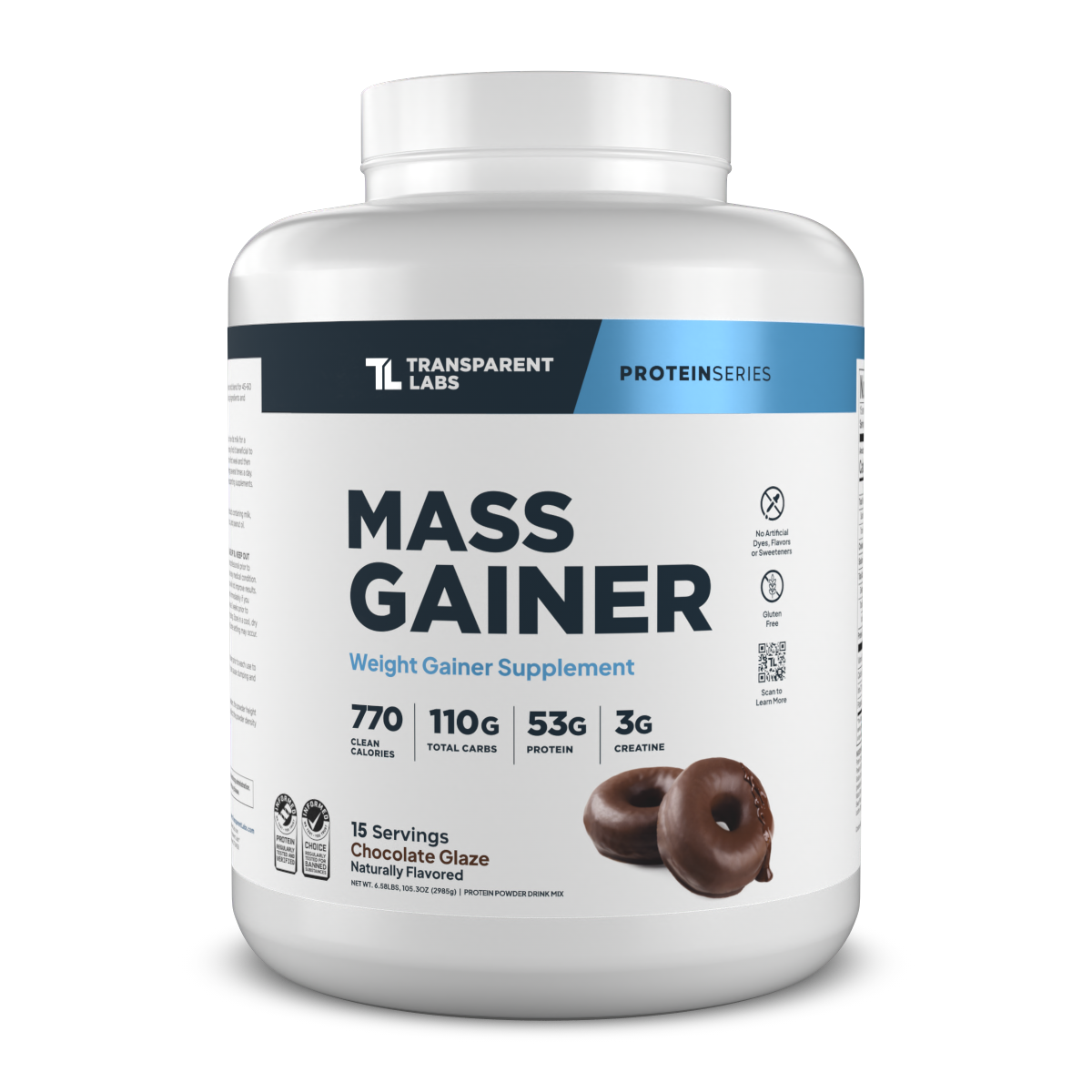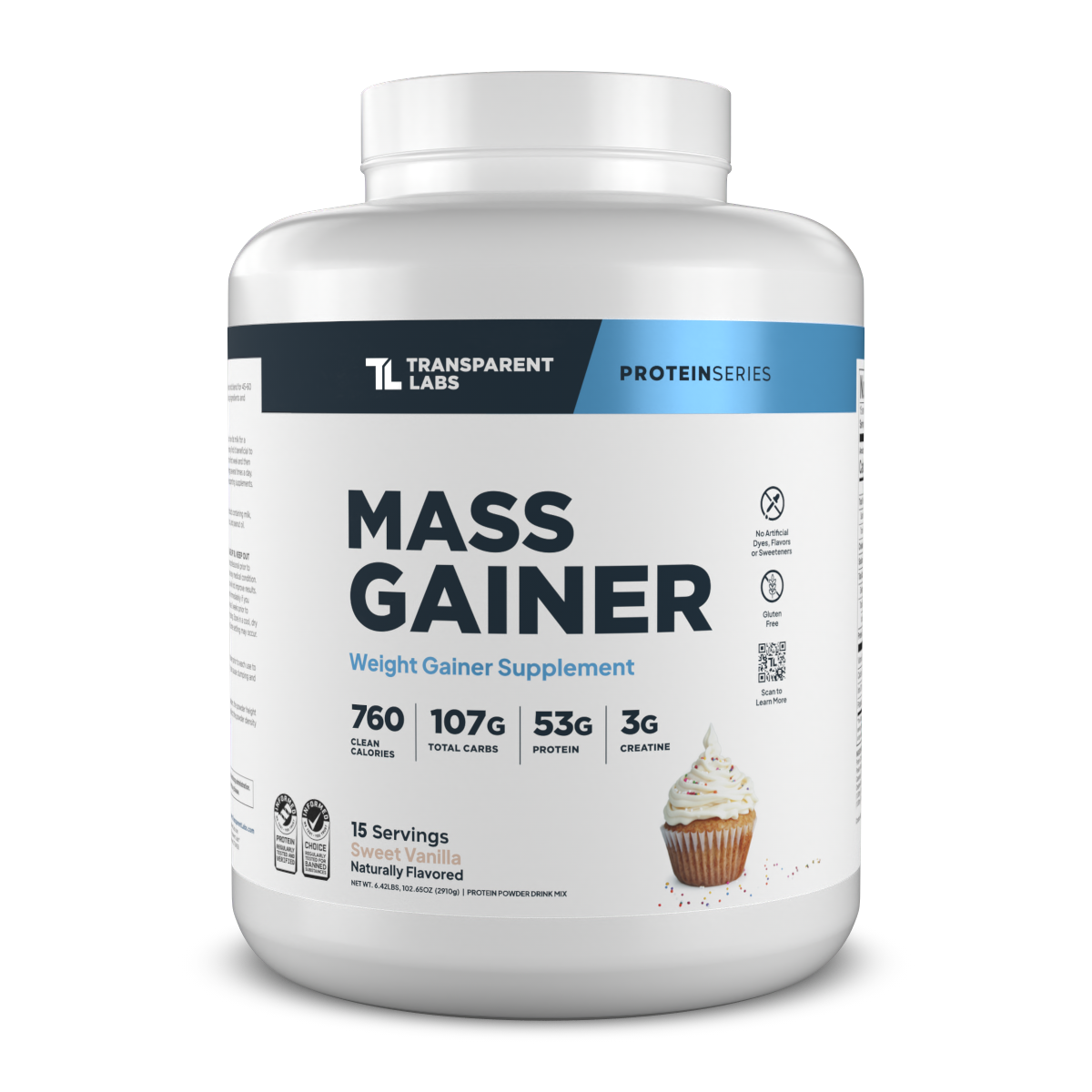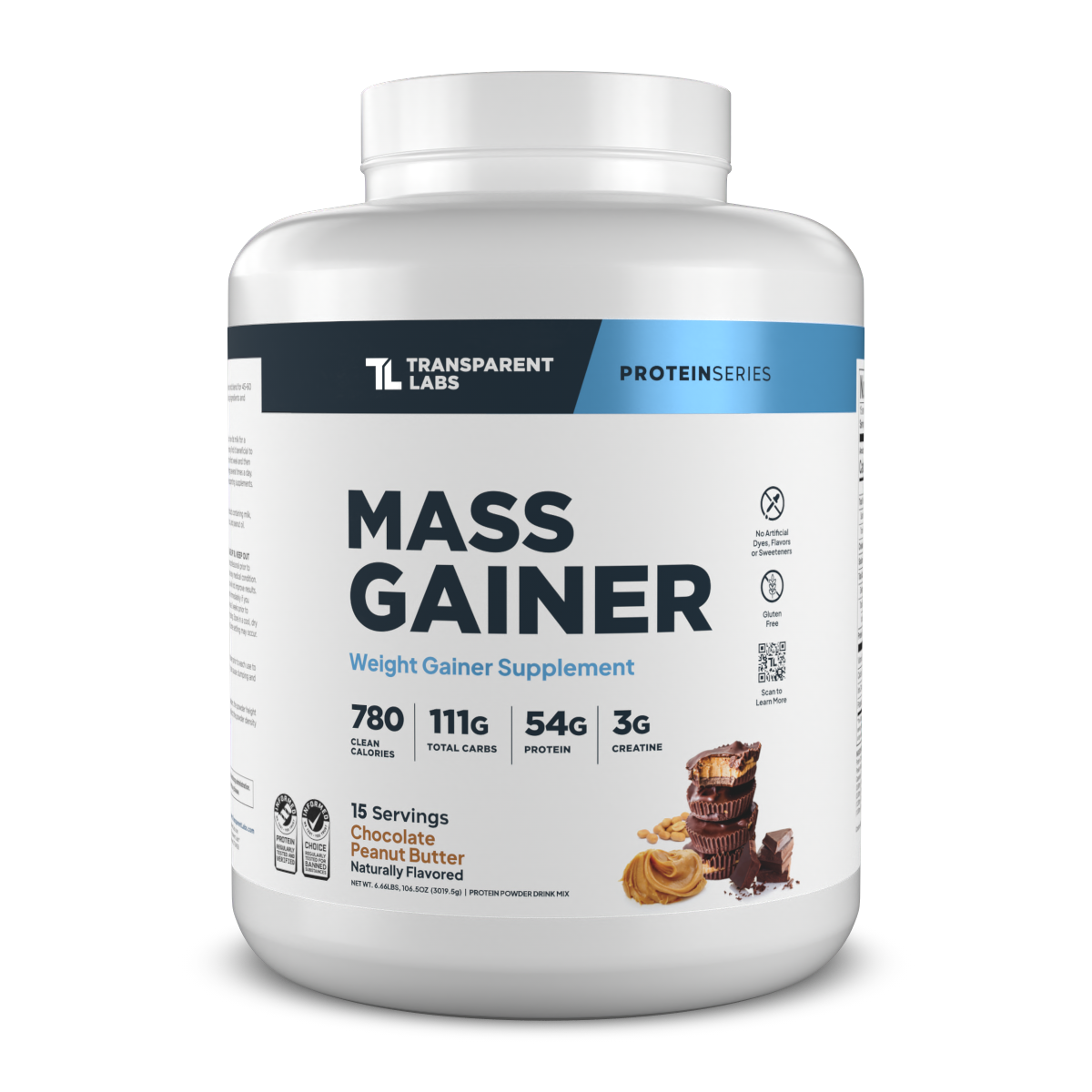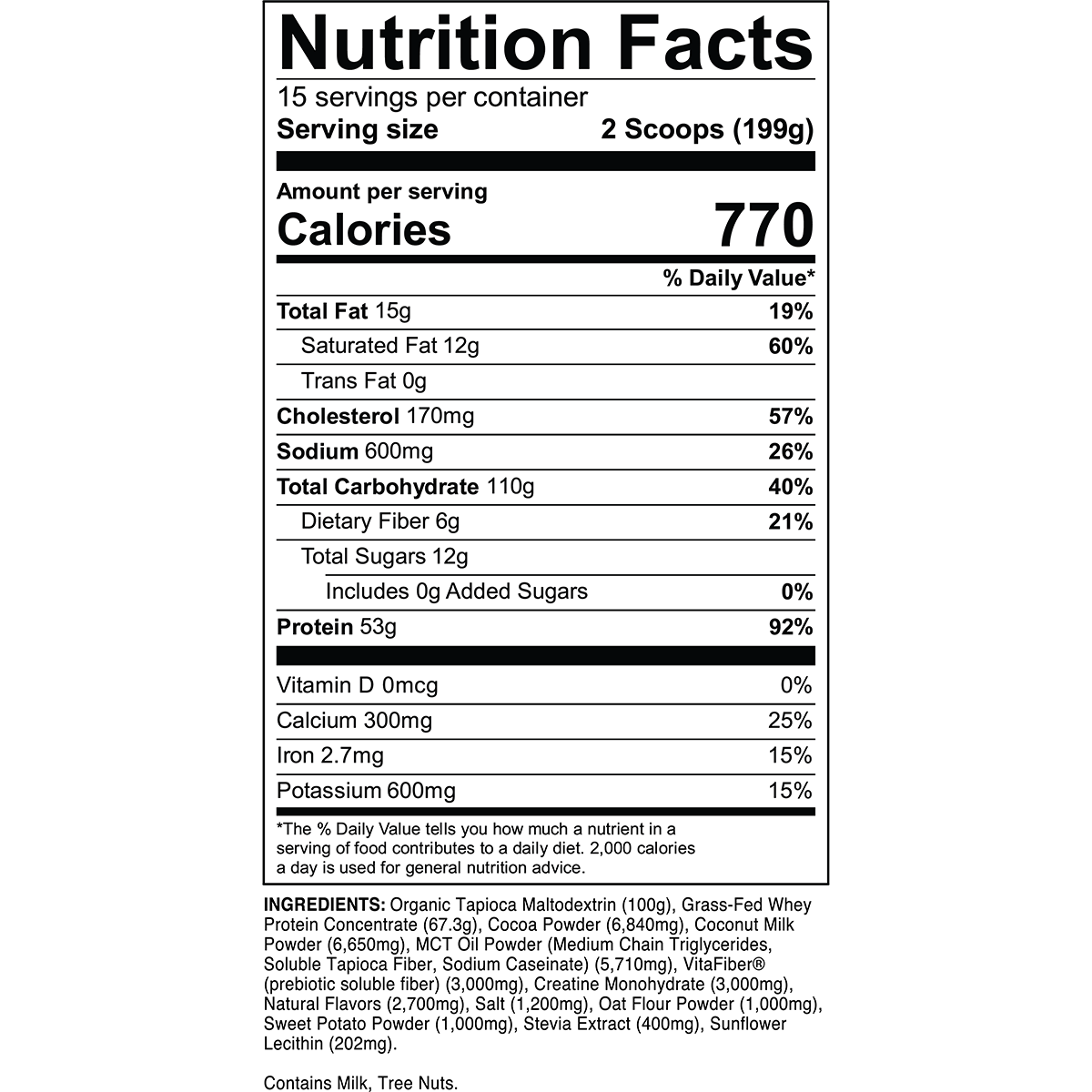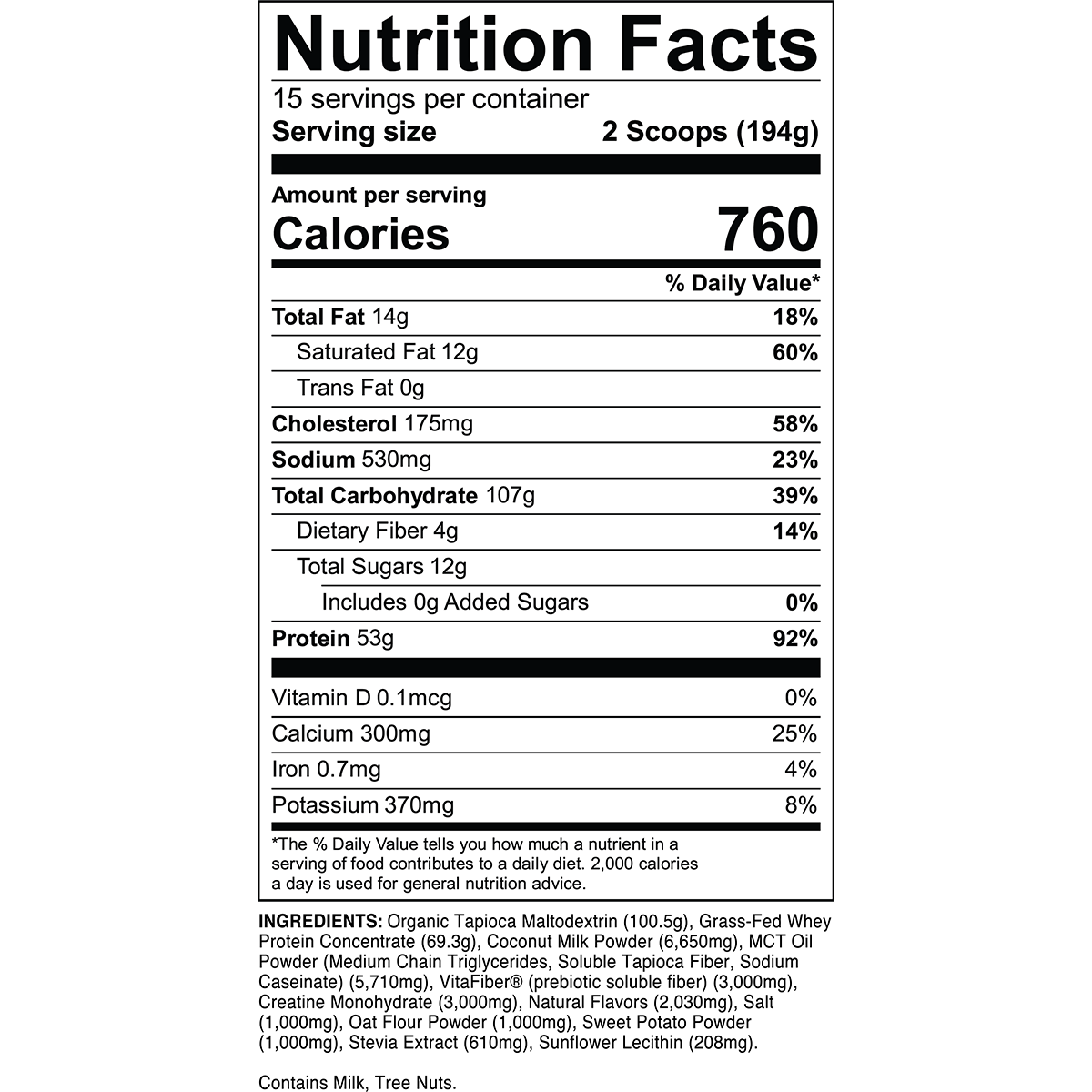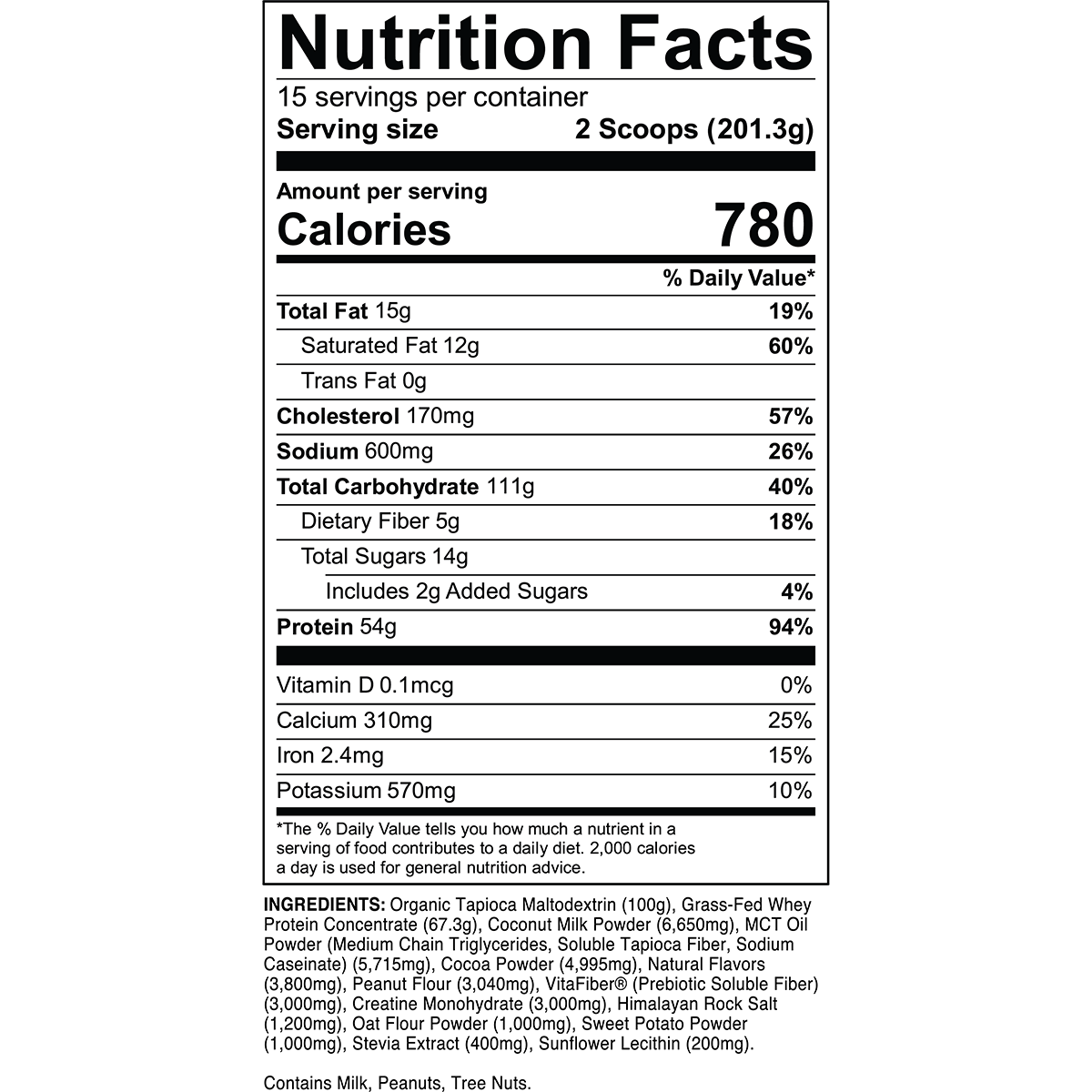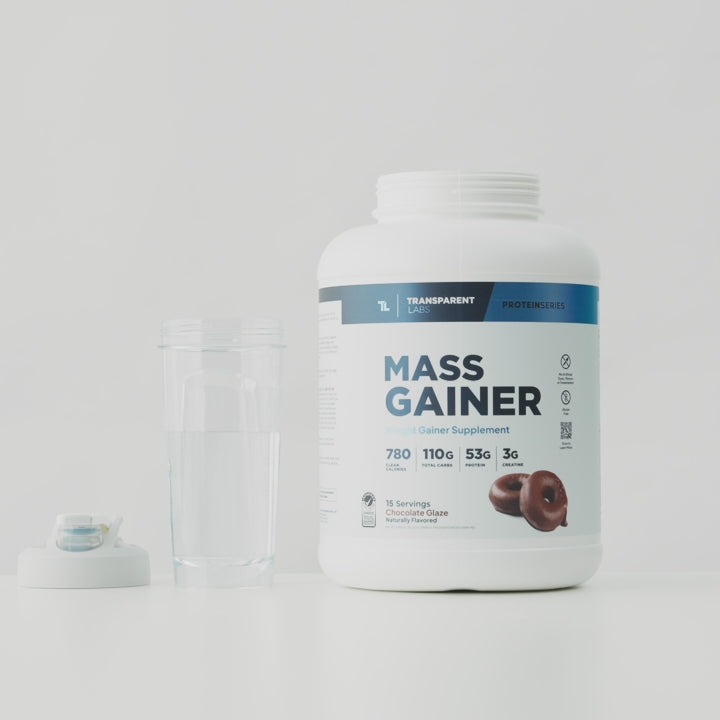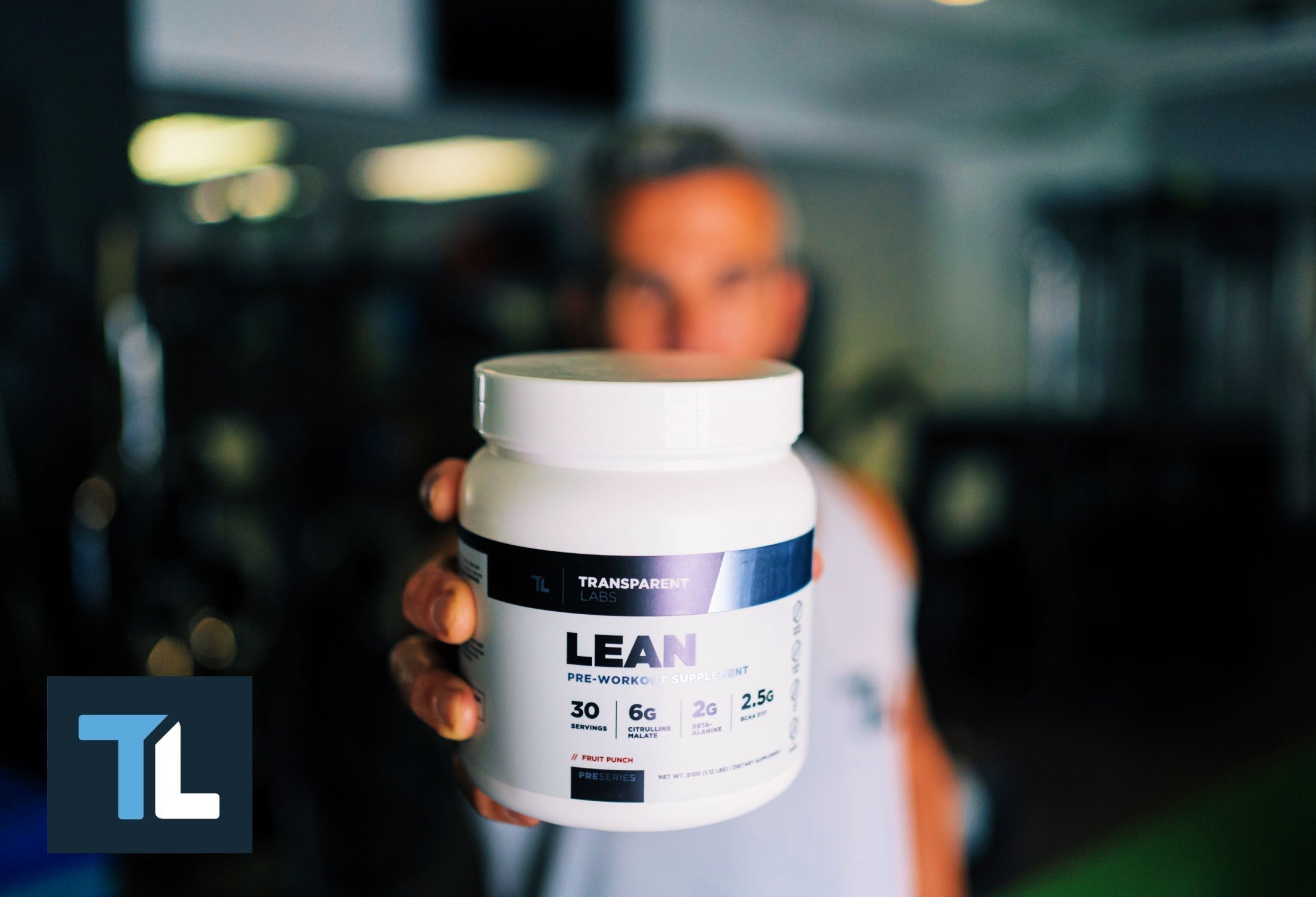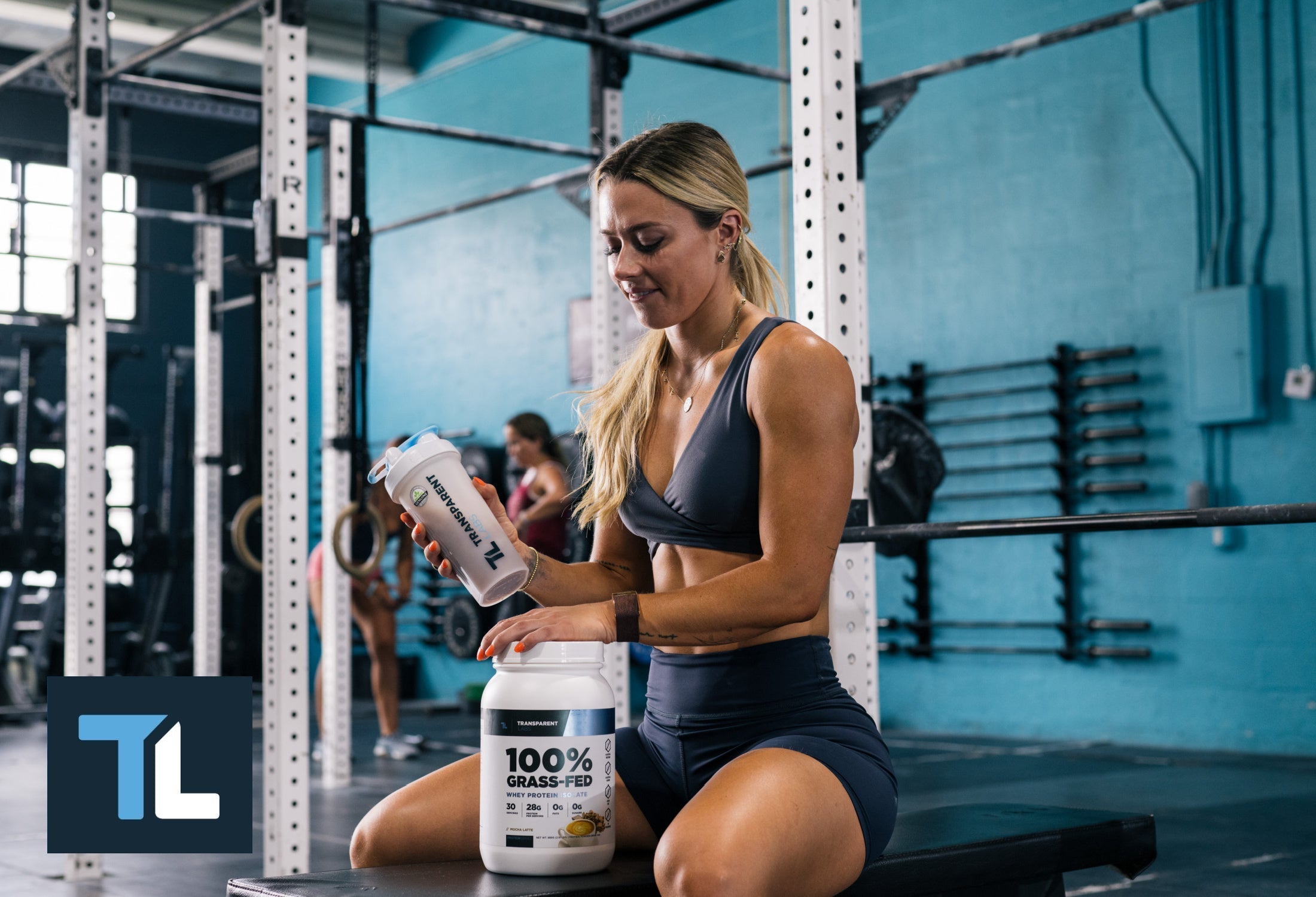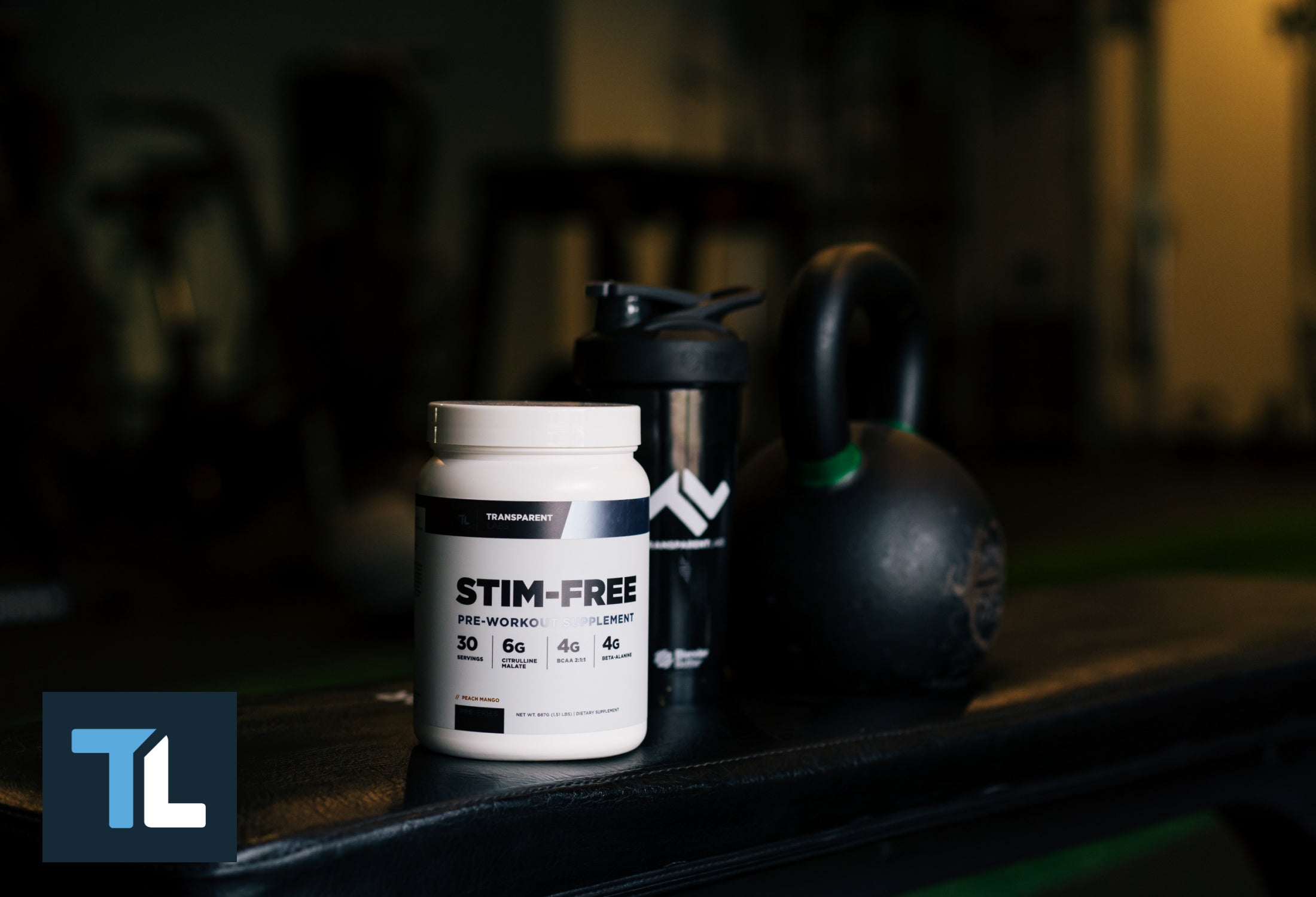Chances are your back workouts are fairly monotonous at this point; deadlift this, row that, do some pull-downs and call it a day. Sure, barbell and dumbbell rows are two of the best back exercises you can do, but the upper and lower back muscles are commonly lagging in gym-goers and athletes due to a lack of exercise variety (and poor technique on rowing movements).
The tough part about back training is that you typically can't see the muscles flexing and extending throughout the movement like you can with shoulder and arm workouts.
This can be a gift and a curse. In some instances, it may actually increase the mind-muscle connection during back workouts by forcing you to focus intensely on the target muscles instead of worrying about how they look in the mirror.
On the flipside, it may do the opposite when form is compromised or your trying to lift too much.
The latissimus dorsi (or "lats") has the widest surface of any skeletal muscle in the human body, so what's the key to getting the barn-door back shape that competitive bodybuilders achieve?
Well, surprisingly it's not just a matter of doing pull-ups, shrugs, and barbell rows for hours on end. While those are undoubtedly some of the best back exercises, there are several other movements and training hacks to incorporate in your back workouts for mass.
Are Heavy Bent-Over Rows Really the Best Back Exercise for Mass?
Back exercises like rows are inherently a bit more complex since they require greater spinal stability than say chest exercises or tricep exercises.
When you see gym bros doing heavy bent-over rows that look more like inverted hip thrusts, they are doing a disservice to their back muscles at the expense of self-gratification. Haphazard bent-over rows barely engage the lats or teres major/minor. In fact, they mostly put the tension on your spinal erectors and biceps, but not in a good way.
Now, if we take someone who leaves their ego at the door (cliché, but relevant) and does rows the right way, they will eventually have a back that turns heads and has people wondering what their secret is. (Hint: Technique!)
Barbell and dumbbell rows are arguably the best back exercises for mass, but only if you do them properly. One way to improve your barbell rowing form is to incorporate more Pendlay rows (see image below) into your back workouts for mass.

Use a relatively lighter load initially and get a good feel for the form. A Pendlay row is essentially a barbell row from a deadlift position. You reset the bar on the floor between each rep and rely on your mid-upper back muscles to pull the bar up to just below your navel, then briefly hold the weight there before lowering it.
Do not jerk your hips up and down while you do bent-over rows or Pendlay rows. Your hips and spine should not move much at all. Try doing a Pendlay row with an unloaded barbell at first until you are comfortable with the technique. You'll be amazed at how little weight you actually need to engage your entire back.
There's no shame in reducing the weight and using controlled form that you can actually feel working your lats, rhomboids, teres minor/major, and traps. Frankly, if you're doing bent over rows or Pendlay rows and don't feel much of tension in your mid-upper back muscles, that's a major red flag that your form is off or that your simply focusing too much on how much weight you lift.
This doesn't mean you shouldn't push yourself during your back workouts; rather, it's emphasizing the critical role of proper technique when back training for mass.
Build a Bigger Back with These Simple Back Training Hacks
Your back is a cohesive network of muscles that more or less all serve to stabilize your spine and pull objects towards the body. To clarify, trying to target the rhomboids or lats solely isn't a productive way of lifting for back muscle development.
However, there can be an emphasis put on certain muscles within a group of muscles, similar to what we see with upper and lower chest muscles, various heads of the triceps, and so on.
The best back workouts for mass don't necessarily need a ton of different back exercises, just the same core movements with slightly different execution. When you're after a bigger back, consider mixing up the following:
- Grip style
- Angle
- Range of motion (ROM)
- Fractional reps
For instance, performing a basic seated row or bent-over row may seem straightforward, but depending on how you hold the weight, at what angle you pull the weight towards your body, and the ROM, you can emphasize just about any muscle in the upper back.
That's right: a simple rowing exercise can target the lats, teres major/minor, rhomboids, traps, rear delts, or even the erector spinae if you really want it to. Same goes for vertical pulling exercises like lat pulldowns.
To further your back growth, "fractional rep training" can do just the trick.
Fractional rep training entails using full ROM for each rep until failure is reached, then you finish the set by doing partial reps of the top half or quarter of the ROM. For example, if you're doing fractional reps of dumbbell rows, you would only lower the weight a couple inches down before rowing it back up.
This is especially useful when back training for mass since the rhomboids get the “final squeeze” in rowing movements and you can go beyond failure without a spotter.
The Overhead Squat: The Best Back Exercise You're Not Doing

This video is a perfect example of how to perform the overhead squat and engaging the back muscles you're looking to target. (It also helps that Lu Xiaojun - an accomplished Olympic weightlifter - is a walking anatomy chart).
Notice in that video how his head is 'through the bar' at the bottom of the movement. This allows the weight to be centered relative to the midline of the body and stabilized almost exclusively by back muscles (R).
Most may find it a little hard to start off, but with some stretching, mobility work, and persistence, overhead squats are a unique way to train the back. They are also superb for posture and core strength.
Therefore, even good mornings, Romanian deadlifts, and reverse hyperextensions will all help you achieve a back that looks like a set of angelic wings. Kettlebells may also come in handy for things like hi-rep deadlifts and kettlebell swings.
Why Your Back Workouts Aren't as Good as They Should Be
If you want to build your lats and an all-around big back, you need to first and foremost focus on technique and consciously engaging the correct muscles. Far too often we see gym-goers doing "bent over rows" that are more like quasi-shrugs.
Sure, you might be able to move more weight when your form is that atrocious, but it's not going to help you build big lats (at least not as effectively as those rows could be). If your form and technique are subpar. it really doesn't matter how awesome your back workouts seem on paper.
Not to mention, poor form on back exercises like barbell rows, pull ups, and deadlifts is one of the surest ways to injure your spine. The last thing you want is a herniated or bulging disk because you let your ego get ahead of your physical capability. (Lower back injury is one of the most common ramifications of improper form on back exercises.)
Try this: When warming up for your next back workout, start with some very light lat pulldowns with your eyes closed. Just focus on what you feel in your back muscles as you pull the weight down towards your upper chest. Then squeeze and hold the contraction for a 2-second count before beginning the eccentric phase.
Do this for a few sets of 15-20 reps to stimulate blood flow to your lats and consciously prepare your mind for the ensuing back exercises.
Mind Over Matter: The Key to Your Best Back Workouts
It might sound like voodoo nonsense, but the mind-muscle connection is a very real phenomenon that plays a major role in back training. In fact, recent research has shown that peak muscle activation can increase purely by focusing on a certain muscle group during exercise (R). In other words, making a conscious effort to engage your lats while doing barbell rows or pull ups is crucial for maximizing back growth.
Of course, mechanical tension and training volume are ultimately the major factors in stimulating muscle growth, but the mind is a terrible thing to waste in (and out of) the gym.
Maximize Your Back Workouts for Mass
Heavy deadlifts, pull ups, pulldowns, and bent-over rows with varying grips are all examples of exercises that help build a massive back. However, some of the best back exercises are quite unconventional, notably overhead squats.
But like most things in life, there is more than one way to get a bigger back. The real problem for many gym-goers isn't that they do the "wrong" back exercises, but that they have unconscious habits that prevent them from getting the most out of back routine.
Use the tips in this article to stop those poor habits in their tracks and maximize your back workouts for mass!
It also goes without saying, you need to be eating for mass if you want to capitalize on your back workouts. Follow-up your back workouts with Transparent Labs Mass Gainer for a clean protein- and carb-rich shake that actually tastes good! Plus, it features 3,000 mg of creatine monohydrate to support muscle recovery and increase strength.
